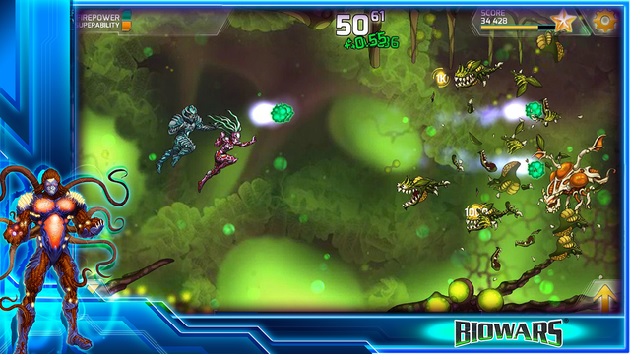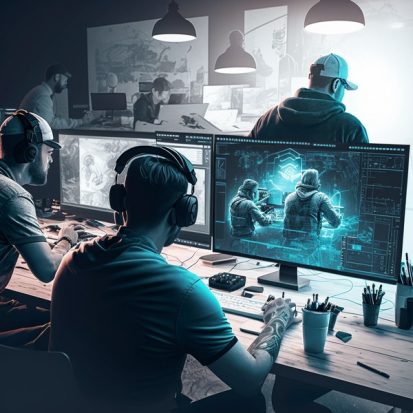Related Resources
Before we begin breaking down the elements of design that make a great video game, take a look at this quote from Raphael van Lierop, the founder and director of Hinterland Studio, which spawned the well-loved FPS The Long Dark two years ago:
We’ve been learning that players in general want a game that rewards them for thinking, and doesn’t penalize them with meaningless randomness. … We’ve been learning that players embrace a challenge and don’t mind failing as long as the failure seems fair.
In many ways, this quote sums up a significant portion of the information you’ll be reading later on. But what’s even more profound about this quote is its focus on the player, and supports this point made by legendary DOOM creator John Carmack 21 years ago:
The game designer shouldn’t be making a world in which the player is a small part. The player’s the boss; it’s your duty to entertain him or her.
But the question still remains, what are the precise elements of design that not only make a game profitable, but can be implemented in a way that makes your video game adored by critics and players alike? Biowars has answers.
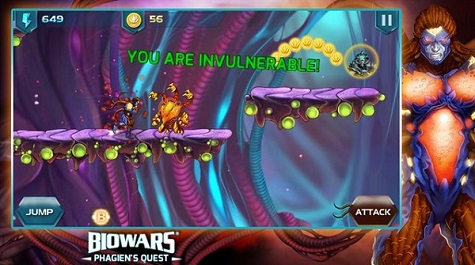
Rules
The rebels of the world may not always enjoy following the rules, but without them as part of your video game, there’s a very good chance you’ll be creating something that’s largely unplayable – or just plain boring.
Rules give your game’s an opportunity to perform actions or meet goals within the bounds of strategic restraint. That is to say, if there were no rules to your game, then there really wouldn’t be a challenge to its gameplay. So if players did decide to keep playing your game, they would likely impose their own set of rules on themselves to make your video game more interesting.
Consider rules as the driving lanes of your video game’s highway. When a player swerves outside the lines, they are penalized for it, but if they stay within the lane, they will eventually get to their final goal with fewer problems. Can you imagine playing a game and having unlimited special items or being invincible the entire time? It wouldn’t be entertaining for very long.

Goals or Objectives
Rules are one thing, but objectives – or goals, depending on your preferences – are equally as important to making a video game fun for its players.
If you’re reading this article, there’s a very good chance you’ve spent some time playing video games yourself. But have you ever really taken a moment to think about why you’re playing the game? While your reasons probably range from enjoying a character’s story arc to getting an intriguing gaming experience, one of your main motivations is likely to complete the game in entirety.
To get there, you typically have to go through several (or dozens) of levels while carrying out numerous in-game tasks that build towards a grand finale. This can mean taking multiple paths to achieve goals, playing cooperatively with another gamer to meet objectives, learning how to most effectively take out the opposition, as well as the location and use of game power-ups.
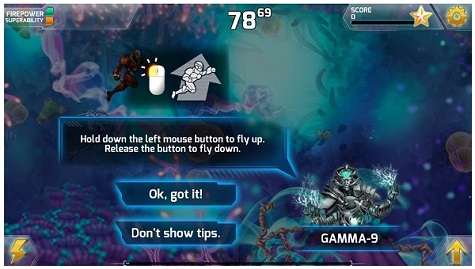
Mechanics or Processes
Comprised of the rules you’ve set for your game, mechanics and processes determine what actions a player is able to perform, and distinctly tie in with the game’s controls – player input becoming character output, and combinations of buttons/keys performing other special functions.
Beyond the player’s controls, however, there are also the interactions that occur within the game itself. So part of the games mechanics involves a scenario that could include:
- Player hits bad guy with his sword
- Bad guy loses energy or hit points
- Bad guy retaliates against player with his axe
- Player blocks the strike with his shield, but is also stunned momentarily
While this a very basic part of the overall mechanics of a game, they should give you a better understanding of how to make your video game work on both a large and granular level.
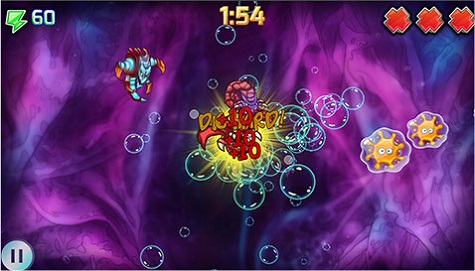
Conflict
We touched on conflict a little bit in speaking about game mechanics, but let’s further explore a topic many gamers consider the best part of playing a video game.
Basically, conflict is anything keeping a player from achieving their goal. This could include a single nemesis (or several bad guys) being protected by hordes of minions, other players in multiplayer situations, an unfriendly environment, or limitations within the player’s character that makes it difficult to progress.
Some of the best examples of these types of conflict are:
- Opponents: Computer-controlled AI characters.
- Other players: Many first-person shooters offer a multiplayer option where players from around the world compete for individual or team domination. Metaverse games, in particular, allow for competing against users worldwide.
- Environment: Also known as PvE (player versus environment) games, these are video games that pit you against a game designer’s digital ecosphere, where you typically combine the skillsets owned by Bear Grylls and Sherlock Holmes/Lara Croft.
- Character limits: More of a subcategory of the three listed above, character limits force players to level up in order to overcome obstacles that move the game along. For instance, it’s very unlikely a level 4 player is going to trounce a level 12 opponent, as you’ve likely discovered in any RPG or MMORPG situations.
Though this list may not be comprehensive, it does shed some light on the most critical elements of game design, which should give you an advantage when you’re planning your game’s overall strategy. And if you need even more help on getting the ball rolling, check out our guides on selecting the right platform for your game, what the best genre for your video game is, and the top software programs for character creation.

